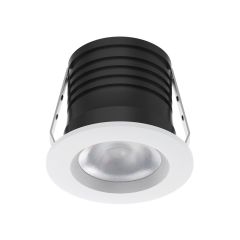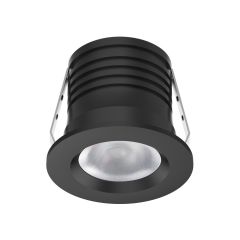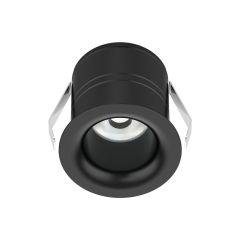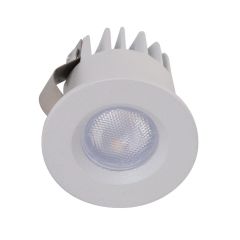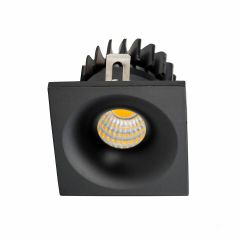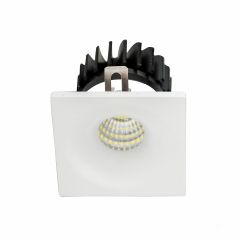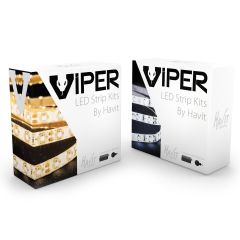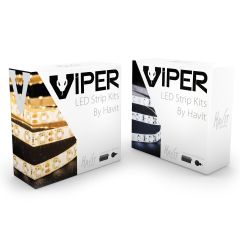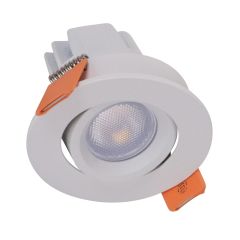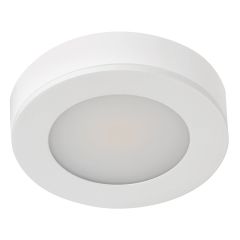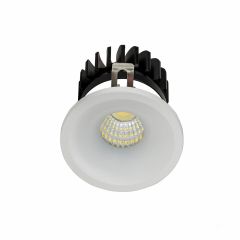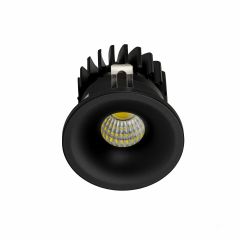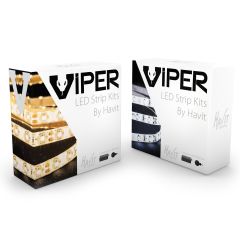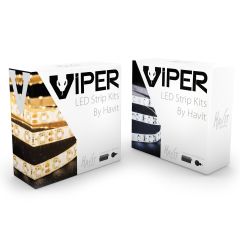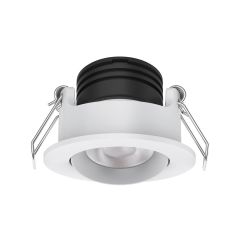Kitchen & Cabinet Lighting
Kitchen & Cabinet Lighting
Brighten up your culinary space with kitchen and cabinet lighting, adding practicality and ambiance to your cooking adventures.
-
Domus Pico 3W LED Tri Colour Mini Cabinet DownlightSpecial Price $39.95
-
Domus Pico 7W LED Tri Colour Mini Cabinet DownlightSpecial Price $58.95
-
Domus Pocket 3W LED Fixed Mini Cabinet DownlightSpecial Price $26.95
-
Havit HV5701 Niche 3W LED Square Cabinet DownlightSpecial Price $41.77 RRP $45.95 | Save 9%
-
Havit Viper 4.8W LED Strip Light 2 Metre KitSpecial Price $50.95
-
Havit Viper 14.4W LED Strip Light 5 Metre KitSpecial Price $119.95
-
Domus Pocket 3W LED Gimble Mini Cabinet DownlightSpecial Price $30.95
-
Domus Astra 3.6W LED 12V Round Cabinet DownlightSpecial Price $43.95
-
Havit HV5702 Niche 3W LED Round Mini Cabinet DownlightSpecial Price $41.77 RRP $45.95 | Save 9%
-
Havit Viper 14.4W LED Strip Light 2 Metre KitSpecial Price $72.95
-
Havit Viper 4.8W LED Strip Light 5 Metre KitSpecial Price $92.95




